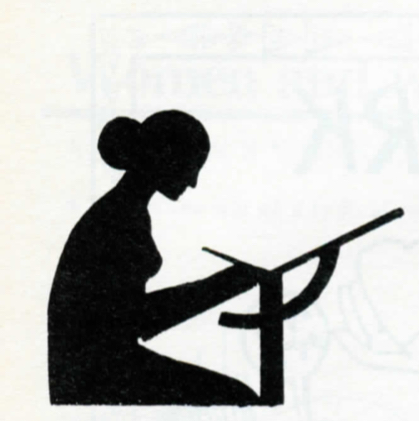
The Guyana Women Artists Association recently held a successful retrospective exhibition of 200 pieces of art from over 40 women artists in Guyana. The work spanned 60 years of women's art from 1928 to 1988.
The retrospective, the first of its kind in Guyana and the Caribbean, was intended to illustrate the contribution women have made in art as organisers, teachers and artists. It was hoped that this exhibition would generate a new consciousness of the number of Guyanese women artists, their productivity and their pivotal role in the history of art in that country.
Speaking at the opening of the exhibition, Dr. Neisha Haniff said, "Guyana and Guyanese are together celebrated here through art which is the mirror we must hold up to see ourselves. And the art is glorious and astonishing when one considers the enormous limitations with which the artist exists in Guyana. Canvas, paints, turpentine, brushes are consistently elusive. You have, in Guyana, the miracle of painters who paint without paints and sculptors who sculpt without tools. And when the work is done and you look at it you feel humbled by it and reverent."
The exhibition, she said, was meant to be "an homage to the lost artists and their struggles, a bringing to light what
we never knew and saw of them and their works and how proud they would be today. It expresses also the symbolism of this exhibition, celebrating all Guyanese together, all six peoples and our sisters who worked here from other parts of the world."
Later, in an interview, she said:
"I think that there is a good deal of trivialising of women in general; included in that is the trivialising of women artists and also women's art. This is reflected to a large extent in the number of women artists we know of in the region, as opposed to male artists. The most important thing that this exhibition has done is to educate people about the many women artists we have, because the presumption by everyone is that we do not. We ourselves, who organised the exhibition did not think the exhibition would be this large.
We thought we would have about 25 artists, with about five or so important pieces on exhibition, the rest would be the ones we would discover. Never would I have thought that there would have been 60 artists, and about 300 pieces of art in the exhibition. That reflects the reality of the region, in places like Trinidad and Jamaica, where there is very rich, very strong and vibrant traditions of all art, particularly with the role of Edna Manley."
"One of the reasons why women along with the artists are lost lies in specific things, e.g. by simply being a woman you are required to have children, get married and follow your husband. A woman who was painting in the 1920s, thirties, forties, fifties or even sixties, such a woman's main choice was for a family as opposed to art. If you are an artist and your work is to produce art, then you are lost when you stop painting.
"I think because the perception is that most of the painters are men, most of the people who can paint are men, they have the time. And society, because of its structure, facilitates their working in the field. Even the painting of women who choose a family are lost in the crevices, because there is no conscious peaking out of those pieces. Both the institution and society assist in causing women to be lost."
"Women's issues and women's movement have benefited the average woman with an average child in high school. The exhibition has proved beyond the shadow of a doubt that women in Guyana have made the enormous contributions to the field of art as artists, but not only as artists, but as organisers of art.
Most of all, women can no longer be trivialised as artists in Guyana, because this exhibition has been a water mark in establishing the very strong presence of women artists in the country."
Source:
Caricom Perspective, April-June 1988

